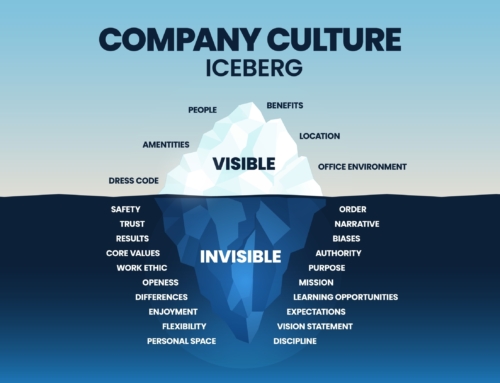Our every interaction with people starts with some form of communication.
Although nonverbal communications make up the bulk of how people interpret our message, it is still accompanied by spoken words. When it comes to the workplace, especially in management/leadership roles, verbal communications become very important.
We are all unique and individual, with all our own sets of strengths and weaknesses and when we’re in the workplace our communications are generally effective on a day to day basis, but at certain challenging times and circumstances, when our communications are most important, we fail. When we fail at this critical point, it can have dire consequences for us, the team or even the organisation as a whole.
These critical or key communications points are very important, they will make a difference and occur when there are strong feelings, different points of view, or when there is a lot riding on the outcome. A failure to effectively handle these pivotal conversations can be a game changer for you, your life goals, your career and more. When you choose to take on a leadership role, your ability to manage conversations becomes even more important. Many of us bumble through these conversations and hope for the best, beat ourselves up after about ‘what we should have said’ or run around trying to minimise the damage or rectify the situation, or worse, leave someone else to mop up the mess. Sometimes a poorly handled critical conversation can generate an enormous amount of ongoing work and unnecessarily activity, just to try and recover a situation which sometimes may be totally irretrievable.
Let’s take a real example; two reports make a poor decision which leads to a customer issue.
The manager wades into the situation, she doesn’t realise that she is about to enter a critical conversation. She listens to one side of the story, pulls the other report into her office and tears strips of the report. Job done, right? It will never happen again, right? Problem solved, right?
WRONG!
So, what really happened next?
The two report stop communicating altogether, the report who got the dressing down puts an official complaint to HR then goes off on stress leave, this put stress back on the manager. The report left at work withdraws discretionary effort so the productivity from the two is now less than half. The work still needs to be done so now the manager is feeling the strain. HR try and sort through the mess, and the final irony is that whatever happened (which actually caused the problem in the first place) never even gets a look in. Right across the business, relationships are strained and damaged, productivity drops and relationships are permanently altered.
All this because the manager failed to recognise a critical conversation and deal with that conversation effectively and with the level of attention and importance it required.
The good news is that there is a tried and proven way to manage these conversations, it requires some self-reflection, discipline and practise, but it is very learnable and effective. Imagine where your critical conversation actually engages, motivates and develops people. Where your critical conversation has a positive effect on you and those around you to the point where it is building you a positive brand and credibility. More importantly, imagine your critical conversations are actually contributing to a better place and delivering positive results.
Critical conversations can be handled well and open a whole new world of effectives communications and possibilities.
For more information on how to positively engage in conversation to better shape your life and relationships contact Career Life Transitions on (08) 6336 8620 or info@careerlife.net.au. High quality dialogue and conversations are the cornerstone of great lives and leadership.














Dr Susan Roberts says: